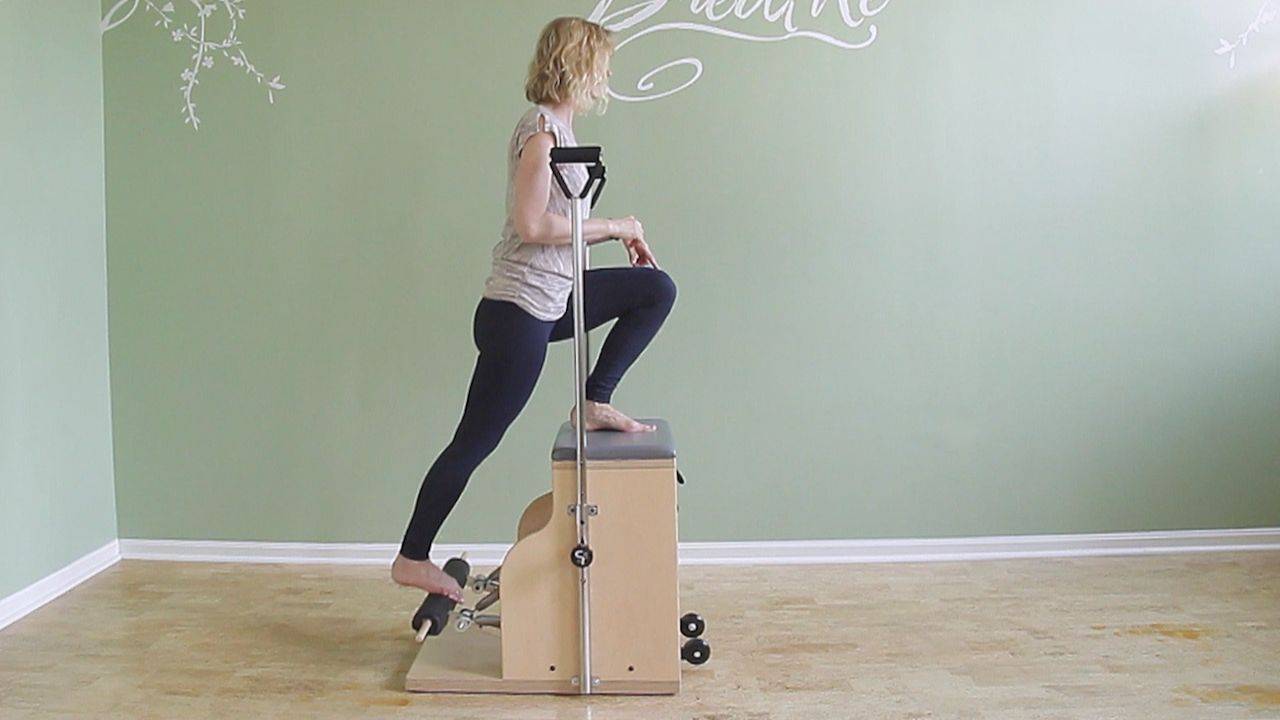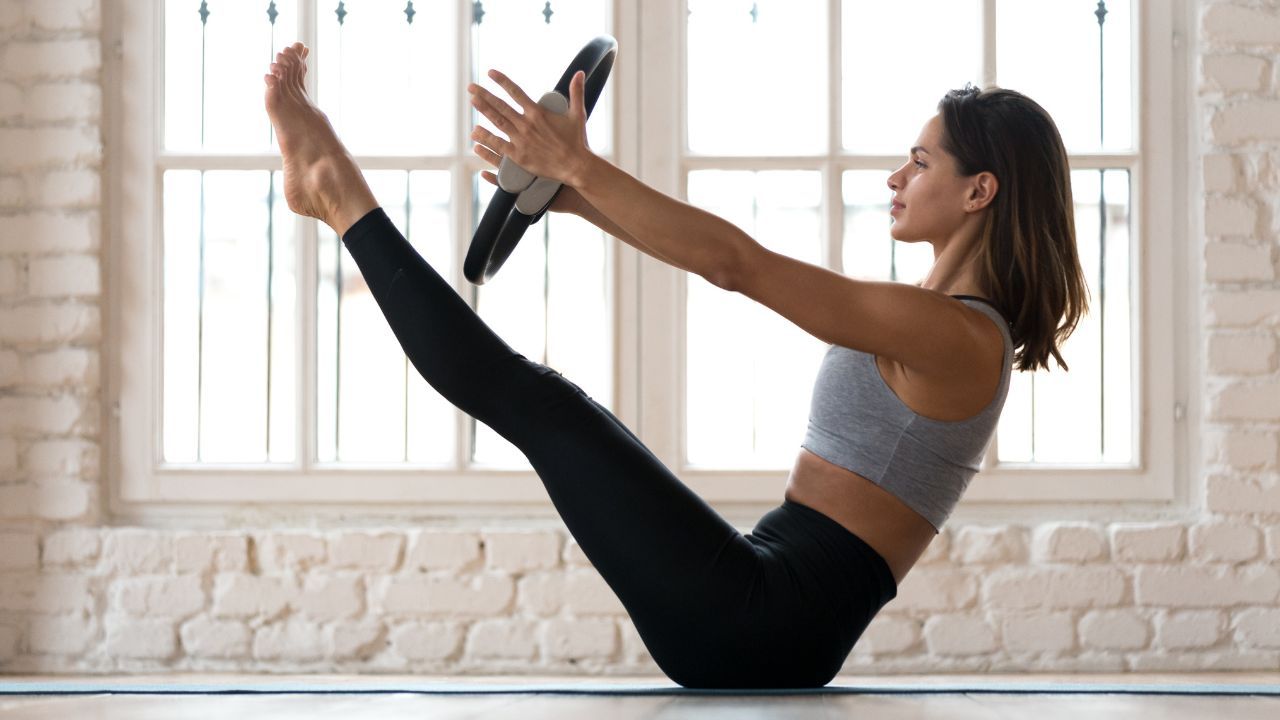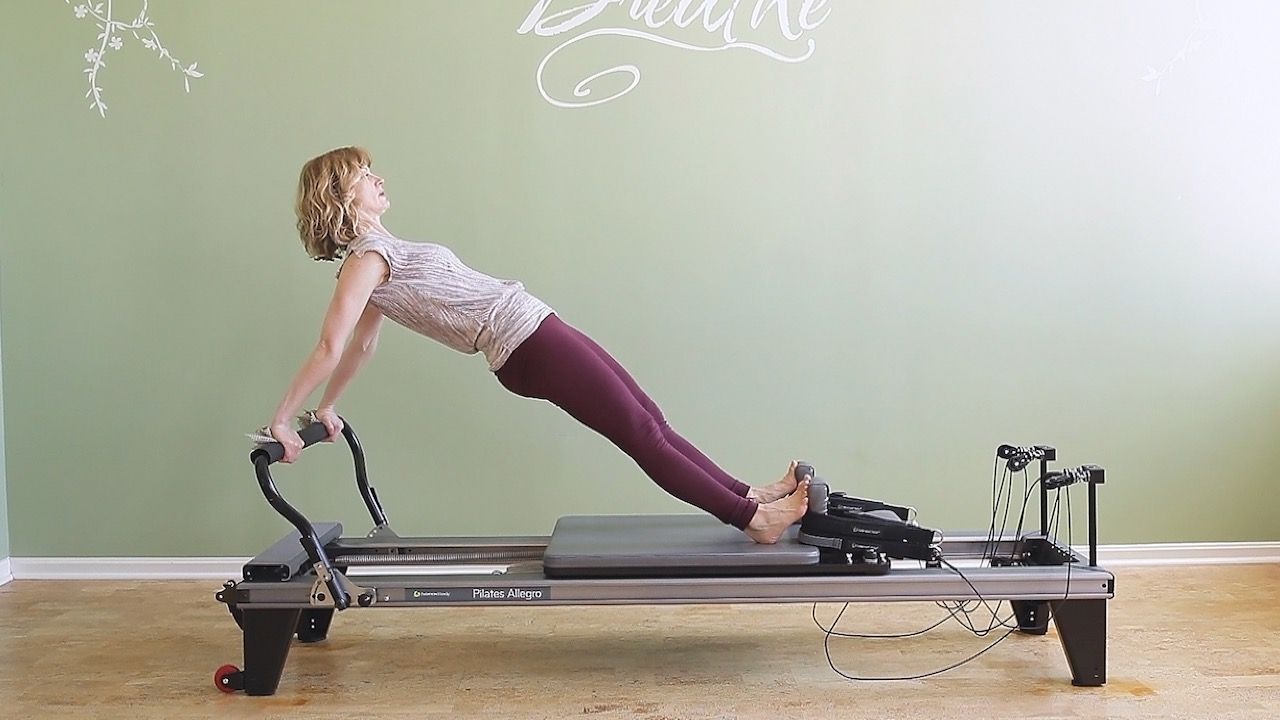The Truth About Your Mobility That You Need to Know
Mar 08, 2020
I won't beat around the bush. Here it is: No-one is flexible everywhere or nowhere. In other words, someone who is mostly flexible still has stiff areas. Someone who is mostly tight can have flexible areas. It's one of those instances that allows us to see the world more than just black and white. I'm such a huge fan of this concept. It makes my heart sing so that each time I come across a new example I have to write about it.
Different areas of the body develop differently depending on how we use them most of the time.
If there is stiffness in one part of your body, then the body will create hyper-mobility in the area above, below, or around the stiff area. Let me take the spine as an example. If the thoracic spine is stiff, then the cervical spine and/or lumbar spine are likely to develop excess mobility because they have to make up for the lack of mobility in the thoracic spine. Something has to move.
The reverse is also true: if there is a particular part in the body that's extremely mobile (i.e. the lower back), then the body will make sure areas above and below are more rigid so that there is at least some stability to hold all your bones in place. Or - and we have all experienced it - the muscles around the mobile area try to stabilize the hyper-mobile area. And I'm not talking about the good form of muscular stabilization, but about those trigger points that we feel we have to stretch over and over again.
Your body constantly has to maintain a delicate balance. And if you're not helping - in the form of a smart movement program - then it will try its best on its own but will probably still call for help (in the form of pain).
What can you do about it?
Find out which areas in your body actually move really well and freely even though you might have put the stiff label on your body. "I'm soo not flexible."
I hear you moan. I know it will take some time and effort to find those areas. I’d be more than happy to help you find them, but wouldn't it be great if the search would pay off by making that hip pain go away once and for all?
The more you tell yourself that you are tight, the less you will look for the areas that are not tight.
So stop calling yourself flexible or tight and start differentiating the different parts of your body!
Which in turn would give you proof that you can become more flexible because some parts of you already are!
Did you find an area you want to work on? Our Pilates Protocols chapter has lists of exercises designed to help you reach specific movement goals, such as hamstring flexibility or hip flexor lengthening.










